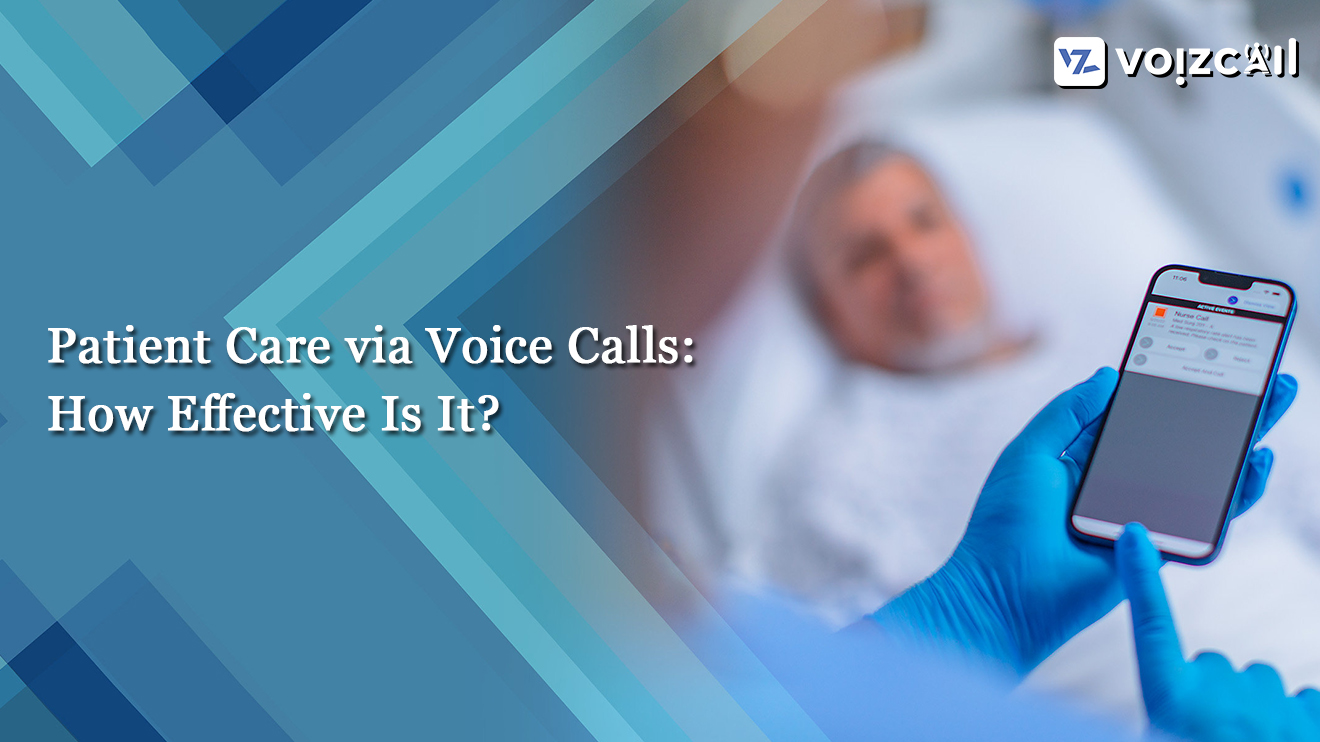


14/Dec/2023
In the rapidly evolving landscape of healthcare, patient care via voice calls emerges as a powerful and effective communication tool. This innovative approach goes beyond traditional methods, bringing forth a myriad of benefits that contribute to enhanced healthcare outcomes.
Voice calls play a pivotal role in ensuring clear and direct communication between healthcare providers and patients. In scenarios where immediate attention is required, such as medication adjustments or addressing concerns, voice calls facilitate real-time discussions, fostering a deeper understanding of the patient's condition.
Moreover, the human touch embedded in voice communication holds profound significance in patient care. The nuances of tone and emotion conveyed through a voice call contribute to a more empathetic and personalized healthcare experience. This becomes especially crucial in situations requiring delicate discussions or conveying sensitive information.
Telehealth platforms leverage voice calls to bridge geographical gaps, ensuring that patients, regardless of their location, have access to quality healthcare. This proves invaluable in remote or underserved areas, empowering individuals to connect with healthcare professionals without the need for physical presence.
The effectiveness of patient care via voice calls extends to post-treatment support and follow-ups. Healthcare providers can conduct virtual check-ins, monitor recovery progress, and address any emerging concerns, promoting a continuous and comprehensive care approach.
While technology continues to advance, the simplicity and accessibility of voice calls remain unparalleled. They provide a reliable means of communication, particularly for patients who may face challenges with other digital platforms.
In conclusion, patient care via voice calls proves to be a dynamic and effective solution in modern healthcare. It combines the advantages of real-time communication, personalization, and accessibility, ultimately contributing to improved patient outcomes and a more patient-centric healthcare experience.